China Embarks on Global Mineral Resource Grab, Injecting $63 Billion into Strategic Exploration Over Five Years
Input
Changed
A view of Zijin Mining’s Raygorodok gold mine in Akmola, northern Kazakhstan / Photo=Zijin MiningChina Expands Deposits Through Investment and Acquisitions Export Restrictions and Smuggling Crackdown Intensified Strategic Leverage Against the United States
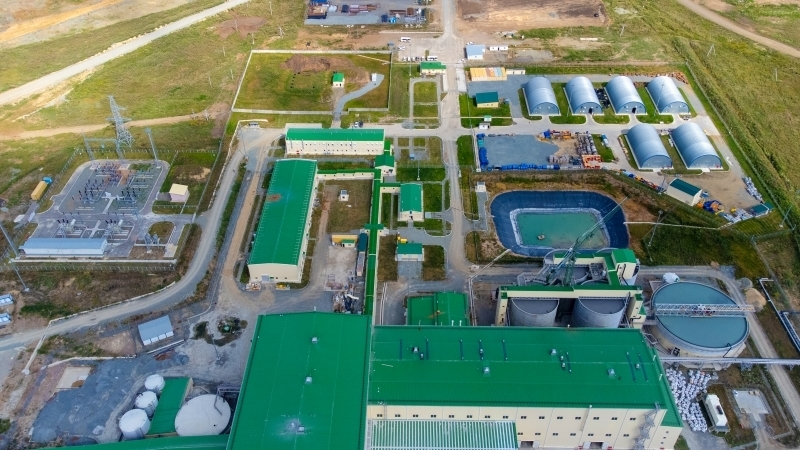
As rare earth elements and other strategic minerals emerge as pivotal determinants of global power dynamics, China is racing ahead in the resource acquisition contest. Over the past five years, Beijing has poured $63 billion into large-scale discoveries of key deposits while aggressively acquiring overseas mines, steadily tightening its grip over global supply chains. The drive underscores Beijing’s determination to secure supply chain resilience and reduce import dependency amid escalating geopolitical tensions.
Discovery of Over 500 Deposits Including Oil, Gas, Copper, Lithium, and Uranium
As rare earth elements and other strategic minerals emerge as pivotal determinants of global power dynamics, China is racing ahead in the resource acquisition contest. Over the past five years, Beijing has poured $63 billion into large-scale discoveries of key deposits while aggressively acquiring overseas mines, steadily tightening its grip over global supply chains. The drive underscores Beijing’s determination to secure supply chain resilience and reduce import dependency amid escalating geopolitical tensions.
According to the South China Morning Post (SCMP) on the 12th, China invested $63 billion in its Strategic Mineral Exploration Initiative between 2021 and 2025, achieving major breakthroughs in oil, gas, copper, lithium, and uranium. Xu Dachun, Director of the China Geological Survey, said, “Chinese geologists have mapped the reserves and distribution of 163 mineral types over the past five years, uncovering more than 500 large- and medium-scale oil, gas, and mineral deposits.” He emphasized that “mineral resources are the bedrock of economic and social development, creating crucial exploration breakthroughs to enhance energy security and optimize resource structures.”
The Geological Survey confirmed discoveries including 10 major oil fields, 19 significant gas fields, and sizeable deep coalbed methane reserves. Notably, in the Ordos Basin, China added more than 300 bcm of natural gas reserves. Meanwhile, two mega-deposits in Gansu and Heilongjiang provinces bolstered the country’s five principal uranium bases. Authorities also confirmed the 2,800 km-long “Asian Lithium Belt,” stretching across Sichuan, Qinghai, Tibet, and Xinjiang, containing massive lithium reserves essential for electric vehicles. In parallel, China has advanced technology to extract lithium from potash brine and low-grade mica.
Private-sector firms are equally active. Zijin Mining, China’s largest gold and copper smelter, announced in July it would acquire Kazakhstan’s Raygorodok gold mine for $1.2 billion. In April, Baiyin Nonferrous Group bought a copper and gold mine in Brazil from UK-based Appian for $420 million. Richard Horrocks-Taylor, global head of metals and mining at Standard Chartered, projected that “Chinese mining companies will sustain substantial acquisition activity over the coming years.”
“If the Middle East Has Oil, China Has Rare Earths”
As the world’s largest consumer of strategic resources, China has long pursued overseas investments to diversify supply. With political resistance mounting in the United States and Canada, Beijing is accelerating acquisitions before more supply routes are blocked. Despite dominating global processing capacity in lithium, rare earths, and cobalt, China remains heavily dependent on imported raw materials.
Years of investment have weaponized rare earths into a powerful strategic lever, tilting the Sino-American power struggle in Beijing’s favor. In April, when Beijing announced restrictions on rare earth exports, the Trump administration responded within 10 days with a sweeping national security investigation into alleged Chinese price manipulation, arbitrary export bans, and abuse of supply chain dominance. In a recent Financial Times column titled Why Xi Jinping Holds More Leverage Than Trump, chief foreign affairs commentator Gideon Rachman argued, “Trump is holding a far weaker hand in this tariff poker game, and the longer he stalls, the greater the damage to the United States.” Rare earths were cited as a key factor underpinning this assessment.
Rare earths are indispensable to countless modern technologies. Neodymium, for instance, is critical for permanent magnets used in computer hard drives, EV motors, and wind turbine generators. More than 80% of electric vehicles use permanent magnet motors containing roughly 1.6 kg of neodymium each. The United States classifies 50 raw materials and minerals as “critical,” citing their essential role in national security and economic stability as well as high vulnerability to supply disruption. A teardown of Tesla’s Model 3 55.4 kWh battery pack reveals 6 kg of lithium, 42 kg of nickel, 8 kg of cobalt, 8 kg of aluminum, 55 kg of graphite, and 17 kg of copper—highlighting the indispensable role of these minerals. Today’s value in semiconductors, EVs, and advanced weapons is shaped less by engineering prowess than by access to rare and strategic raw materials.
The U.S. faces a structural disadvantage in this contest. A supply risk assessment by the U.S. Geological Survey’s National Minerals Information Center (NMIC) covering 54 non-fuel minerals vital to manufacturing and national security found that 36 fall into the “high-risk” category. Of these, China is the leading supplier for 24—meaning that 66% of America’s most vulnerable critical minerals depend on Chinese supply.
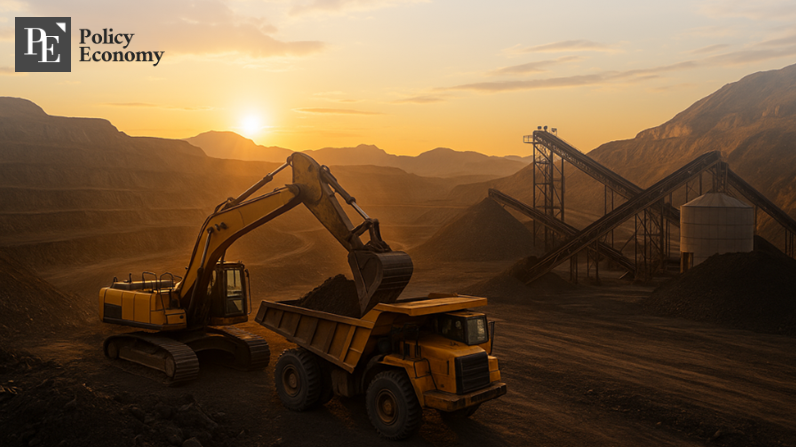
China Cracks Down on Strategic Mineral Smuggling
China has escalated its campaign to cement rare earth dominance by tightening export controls and cracking down on smuggling networks. On July 19, the Ministry of Commerce convened a “Special Action Meeting on Strategic Mineral Smuggling” in Nanning, pledging harsh penalties for smuggling domestically mined resources and adding foreign companies engaged in smuggling to its “export control list.”
The ministry further disclosed plans to establish a joint law enforcement coordination center for dual-use exports (civilian and military), warning that foreign end-users attempting to bypass restrictions would be placed on the export control list. Beijing has expanded its oversight to include not only rare earths and 12 strategic minerals plus 700 dual-use items, but also derivative products containing trace amounts of these substances.
China’s intelligence services have amplified the warnings. On July 18, one day prior to the Ministry of Commerce statement, the Ministry of State Security revealed in a social media notice that “foreign intelligence agencies, in collusion with domestic criminal groups, have stolen rare earth materials in recent years.” Investigations uncovered cases of counterfeit “non-Chinese origin” labeling and disguised exports through lightly processed first-stage products. Given their small volume, rare earths are often smuggled via postal parcels and small freight shipments.
In a highly unusual move, Beijing also scrapped public disclosure of its annual rare earth production quotas. Traditionally released twice a year by the Ministry of Industry and Information Technology, the first quota has been posted on its website during the first quarter for the past four years. However, according to Reuters, this year firms were notified privately only last month. Analysts interpret the opaque shift as another signal of Beijing’s bid to tighten its grip over global rare earth supplies, reinforcing its dominance in the sector.

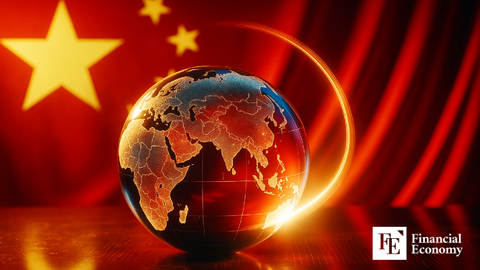
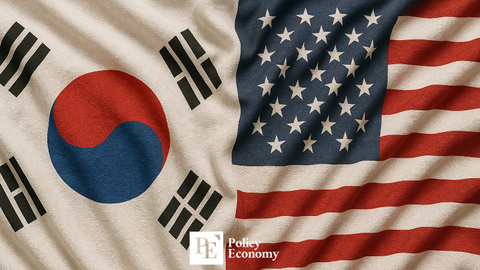


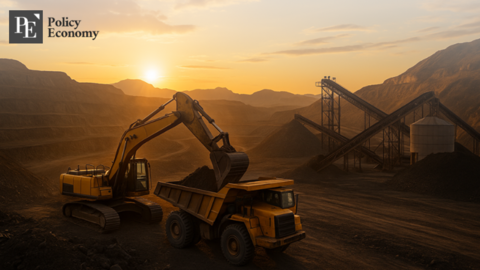
















Comment